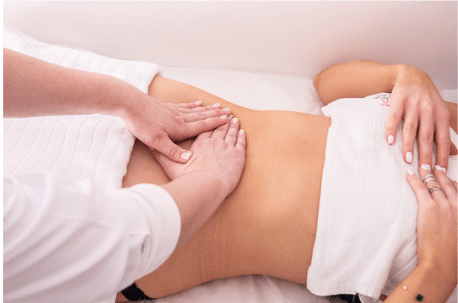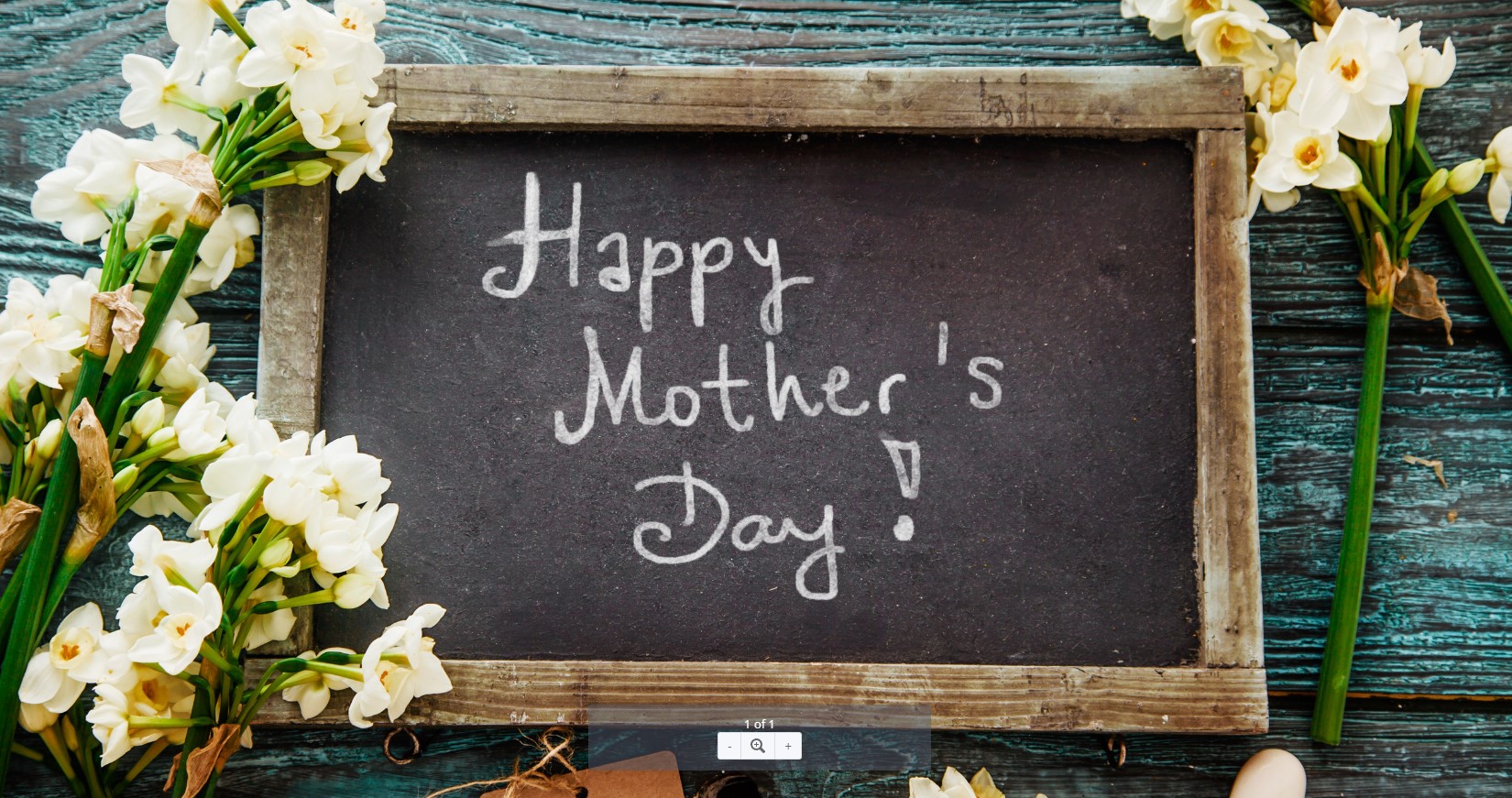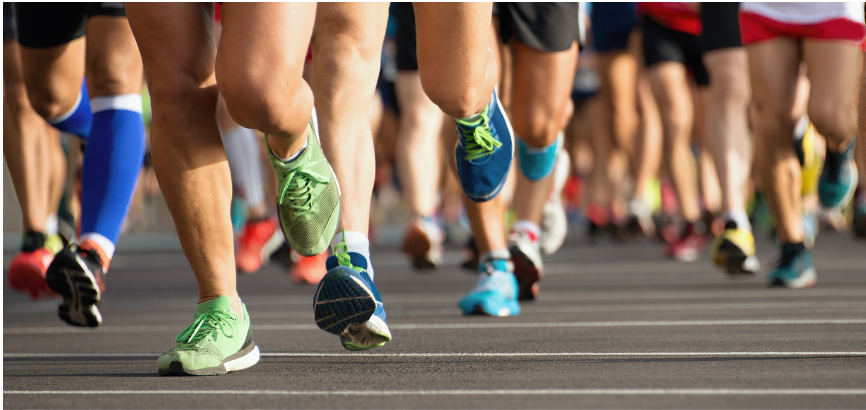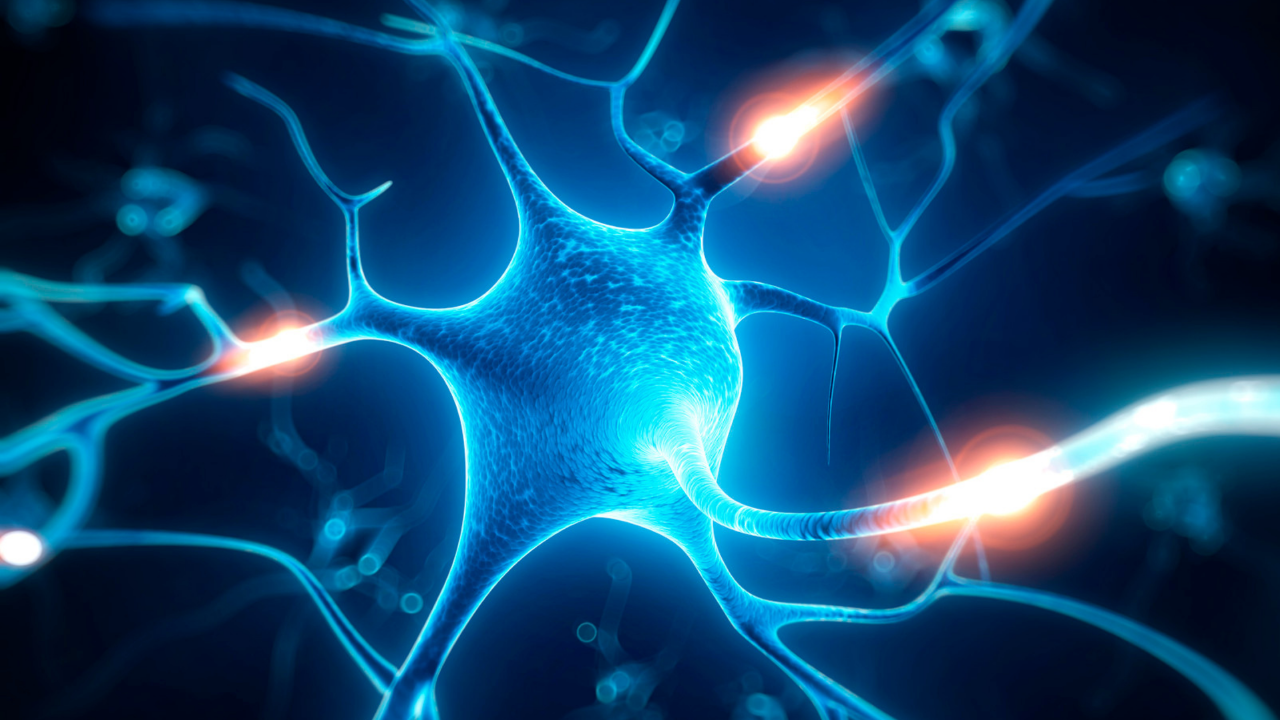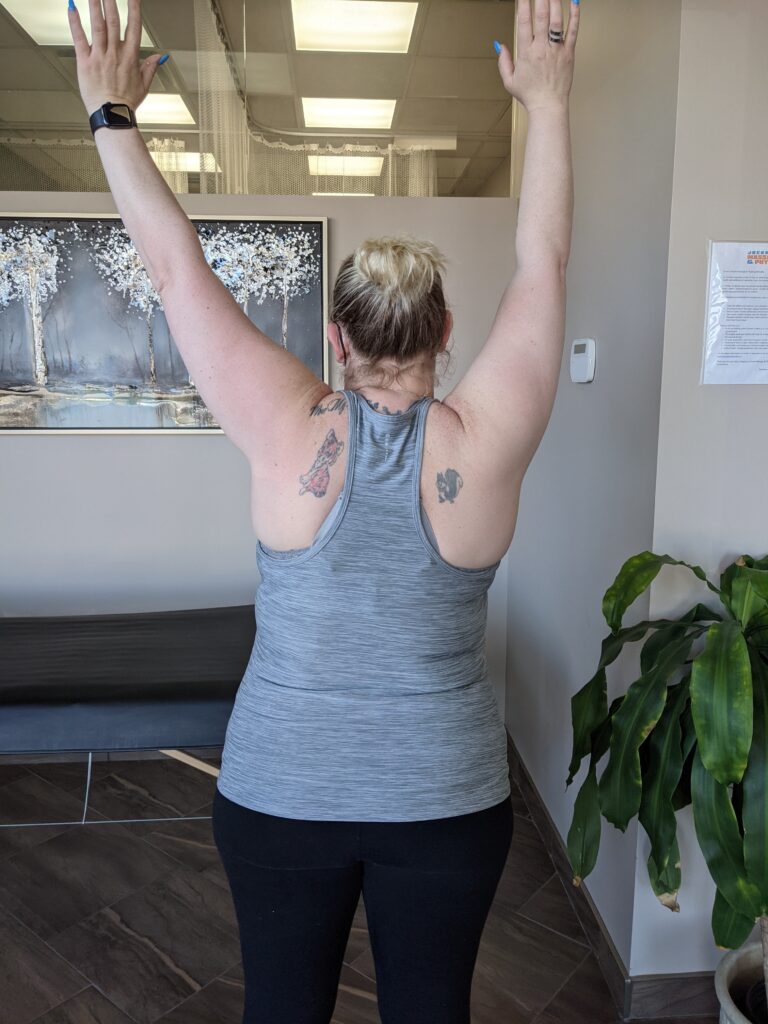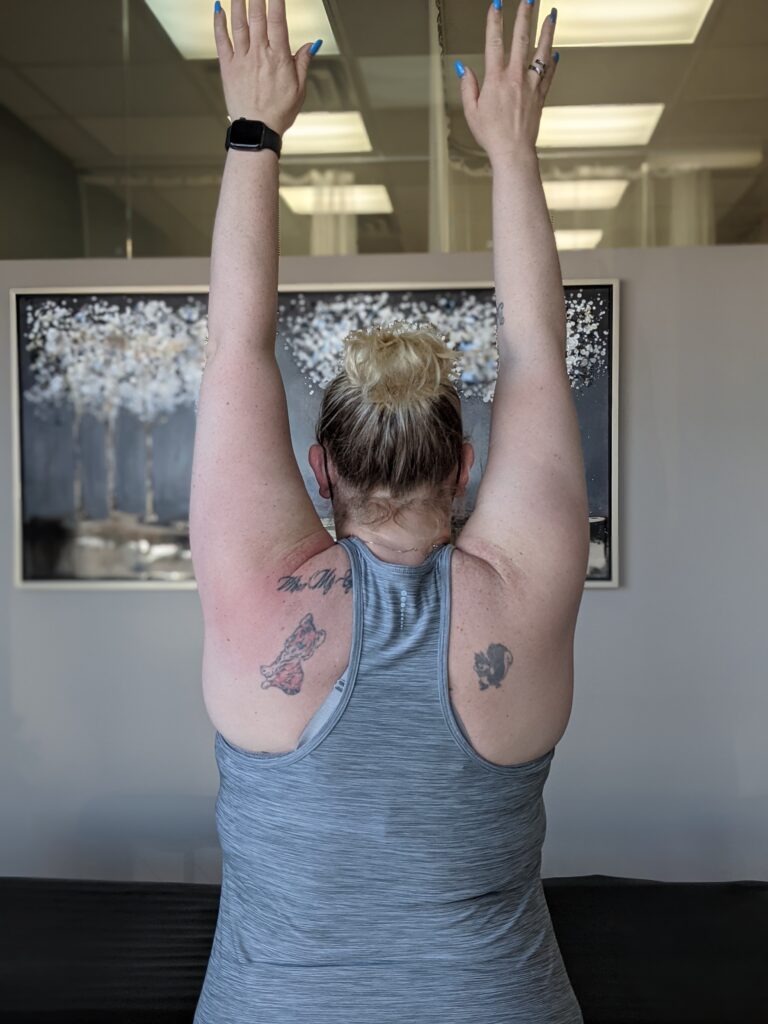To help manage swelling near the site of surgery, often surgeons will recommend Manual Lymph Drainage. This is a gentle technique developed to assist lymph flow and aid in draining tissues in the surgical site. Typically, patients start lymphatic drainage 2 weeks post-op.
Get the Lymph moving again!
After plastic surgery like liposuction and abdominoplasty, swelling or edema can be significant. Sometimes the patient finds it difficult to stand fully erect from the excess edema. Manual Lymph Drainage (MLD) is an excellent way to manage the edema and assist in the healing process by directing lymph flow out of the swollen areas. This technique drives out the stagnant lymph that has pooled in the tissues. Additionally, MLD allows fresh lymph to enter the region encouraging a healthy healing environment.
Add Some Compression
If the edema is persistently reoccurring after a knee or hip replacement, a combination of MLD and compression can be beneficial. After these types of surgery, MLD is performed then a compression wrap or bandage is applied. For the hip region, a compression garment can be worn whereas on the legs a bandage or wrap is used. Compression helps to maintain the reduction of edema and continues to encourage further lymph flow out of the area.
Drive the Flow in the Right Direction
Special attention to the direction of the MLD technique is important if lymph nodes have been removed during surgery like a mastectomy. Your therapist will apply MLD and direct flow away from the excised lymph nodes. This prevents pooling in the tissues from occurring in areas where the lymph nodes were removed.
Break up Scar tissue and Adhesions
Scar tissue that develops in the fleshy layers near the suture and surgical site can also impede lymphatic flow. Gentle scar tissue techniques of the scar tissue or sutures can assist with diminishing edema in the surgical site. Similar to scar tissue, adhesions between the tissue layers can impede lymph flow. Likewise, gentle spreading techniques can release these adhesions and allow improved lymphatic flow as well as improved mobility in the tissues. Generally, the patient experiences decreased pain after treatment because of the improved mobility and movement in the body.
Manual Lymph Drainage is offered at Jockvale Massage & Physio by Irene Gunn, RMT. Irene is trained in Dr. Vodder MLD techniques and has been offering treatments since completing the full training in 2009. Initial treatment is ideally 60 min with follow-up treatment ranging from 30, 45 to 60 min.
Feel free to book your appointment via our online booking web page here. We also can be reached by phone at (613) 825-3837.

